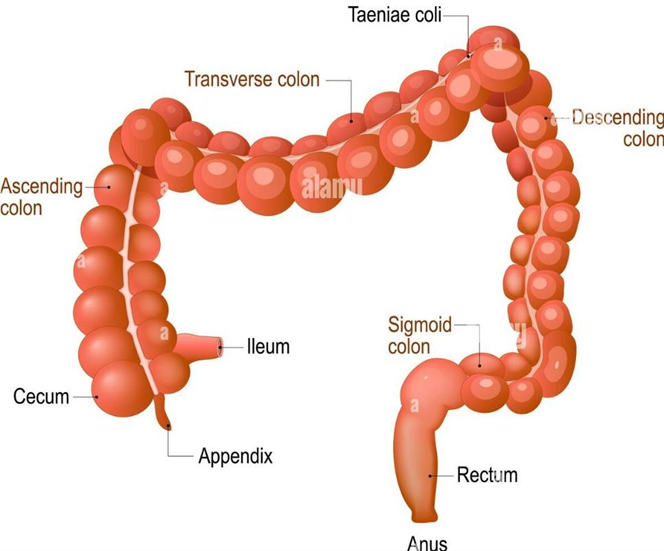A client develops pressure injuries because turning and positioning were not done as ordered. The nurse is aware that this is an example of which type of liability?
Battery
Negligence
Assault
Felony
The Correct Answer is B
B. Negligence refers to the failure to exercise reasonable care that results in harm to another person. It occurs when a healthcare provider fails to perform their duties according to the standard of care expected in their profession, leading to injury or harm to the patient. In the scenario described, the failure to follow orders for turning and positioning, resulting in pressure injuries, is an example of negligence. Negligence can result from actions (acts of commission) or omissions (acts of omission).
A. Battery refers to the intentional harmful or offensive touching of another person without their consent. In healthcare, battery may occur if a medical procedure is performed on a patient without their informed consent or if a procedure goes beyond the scope of what was consented to. In the context of the scenario provided, the development of pressure injuries due to inadequate turning and positioning is not an example of battery because it does not involve intentional harm.
C. Assault refers to the intentional threat of harm or the creation of fear of imminent harm in another person. In healthcare, assault may occur if a healthcare provider threatens a patient with harm or performs a procedure without their consent, creating fear or apprehension in the patient. In the context of the scenario provided, the development of pressure injuries due to inadequate turning and positioning is not an example of assault because it does not involve intentional threats or actions creating fear in the patient.
D. A felony is a serious criminal offense punishable by imprisonment or death. It typically involves actions that are considered extremely harmful or dangerous to society. The scenario described does not involve actions that rise to the level of a felony offense.
Nursing Test Bank
Naxlex Comprehensive Predictor Exams
Related Questions
Correct Answer is ["C","D"]
Explanation
C. Providing relief from pain and other distressing symptoms is a fundamental aspect of hospice care. The nurse should assess the client's pain level and other symptoms such as dyspnea, coughing, and restlessness, and intervene accordingly. This may involve administering analgesics, antitussives, or other medications as appropriate to alleviate discomfort and promote comfort and quality of life.
D. Placing the bed in semi-Fowler's position (with the head of the bed elevated) can help improve respiratory mechanics, ease breathing, and reduce respiratory distress in clients experiencing dyspnea. This position allows for better lung expansion and can facilitate the drainage of respiratory secretions, thereby promoting comfort and alleviating symptoms. This intervention does not typically require a medical order and can be implemented by the nurse based on clinical assessment.
A. Calling for transportation to the hospital may not be necessary or appropriate in this situation, especially considering that the client is under hospice care and experiencing changes in respiratory status and restlessness, which could be indicative of end-of-life processes. Hospice care focuses on providing comfort and symptom management in the home setting, and hospitalization may not align with the client's goals of care at this stage.
B. Initiating low-flow oxygen per nasal cannula may be appropriate to provide comfort and relieve hypoxia if the client is experiencing respiratory distress. However, this intervention would typically require a medical order, as oxygen therapy should be prescribed based on assessment findings and clinical indications.
E. Administering anti-anxiety medications may be considered if the client is experiencing significant anxiety or agitation that is distressing and impacting their comfort. However, the decision to administer anti-anxiety medications should be based on thorough assessment and consideration of the client's overall condition, goals of care, and potential risks and benefits. This intervention would typically require a medical order.
Correct Answer is D
Explanation
D. The sigmoid colon is the last part of the large intestine before the rectum. It functions to store fecal material and absorb water and electrolytes. Fecal material passing through the sigmoid colon tends to become more solid as water is absorbed, resulting in a more formed stool compared to other parts of the colon.
A. The transverse colon is located in the upper abdomen and is responsible for further absorption of water and electrolytes from the stool. Fecal material passing through the transverse colon tends to become more solid as water is absorbed, but it may not be as solid as stool from the descending colon or sigmoid colon.
B. The ascending colon is where stool is in a more liquid form as it moves up from the cecum. It undergoes further absorption of water and electrolytes as it travels through the colon, but it typically does not produce solid fecal output.
C. The ileum is the final portion of the small intestine and connects to the large intestine (colon). Stool passing through the ileum is still in a relatively liquid state as it contains undigested food particles, bile salts, and digestive enzymes. The primary function of the ileum is absorption of nutrients rather than water reabsorption, so fecal output from an ileostomy is usually more liquid.

Whether you are a student looking to ace your exams or a practicing nurse seeking to enhance your expertise , our nursing education contents will empower you with the confidence and competence to make a difference in the lives of patients and become a respected leader in the healthcare field.
Visit Naxlex, invest in your future and unlock endless possibilities with our unparalleled nursing education contents today
Report Wrong Answer on the Current Question
Do you disagree with the answer? If yes, what is your expected answer? Explain.
Kindly be descriptive with the issue you are facing.
